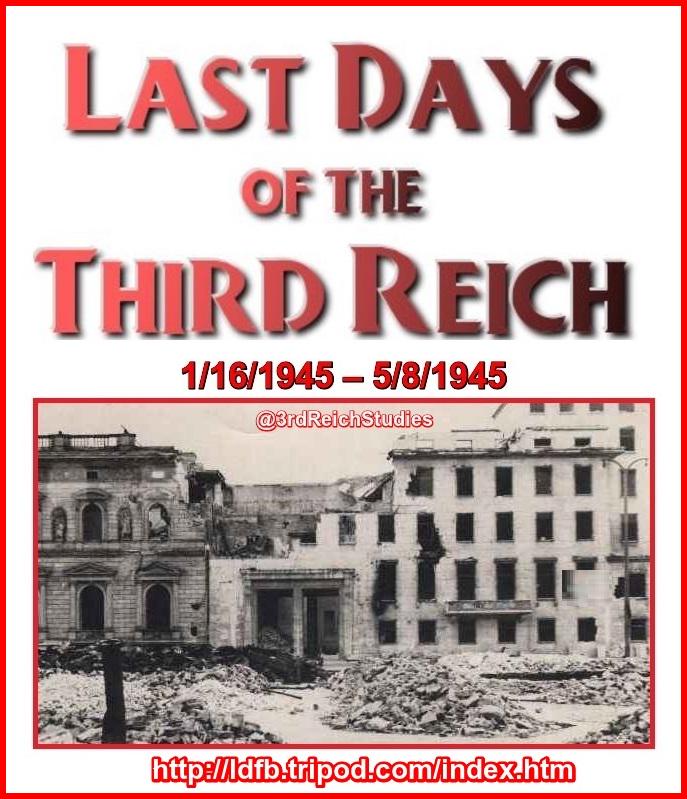 Copyright © 2011-2013
Walther Johann von Löpp
All Rights Reserved
Copyright © 2011-2013
Walther Johann von Löpp
All Rights Reserved
Twitter: @3rdReichStudies FB: Horrific 20th Century History




The Propagander ™ FAQ
When Did Hitler Become an Anti-Semite?
Kubizek's post-war memoirs need to be treated with care, both in factual detail and in interpretation. They are a lengthened and embellished version of recollections he had originally been commissioned by the Nazi Party to compile. Even retrospectively, the admiration in which Kubizek continued to hold for his former friend colored his judgement. But more than that, Kubizek clearly invented a great deal, built some passages around Hitler's own account in Mein Kampf, and deployed some near plagiarism to amplify his own limited memory. However, for all their weaknesses, his recollections have been shown to be a more credible source on Hitler's youth than was once thought ...
From page 62-63 of the same edition:It is generally accepted that, for all the problems with the autobiographical parts of Mein Kampf, Hitler was indeed converted to manic antisemitism while in Vienna. But the available evidence, beyond Hitler's own words, offers little to confirm that view. Interpretation rests ultimately on the balance of probabilities . . . .
Palpably false is Kubizek's assertion that Hitler joined the Antisemitenbund (Antisemitic League) during the months in 1908 that the friends were together in Vienna. There was no such organization in Austria-Hungary before 1918.
In fact, Kubizek is generally unconvincing in the passages devoted to the early manifestations of Hitler's antisemitism. These are among the least trustworthy sections of his account--partly drawing on Mein Kampf, partly inventing episodes which were not present in the original draft version of his recollections, and in places demonstrably incorrect. Kubizek was keen to distance himself in his post-war memoirs from the radical views of his friend on the "Jewish Question". It suited him to emphasis that Hitler had from Linz days hated the Jews. His suggestion that Hitler's father (whom he had not known) had been a pronounced antisemite is probably incorrect. As we have seen, Alois Hitler's own more moderate form of pan-Germanism had differed from that of the Schoenerer movement in its continued allegiance to the Emperor of Austria and accorded with the line adopted by the dominant party in Upper Austria, the Deutsche Volkspartei (German Peoples Party), which admitted Jews to membership . . . .
There is no evidence that Hitler was distinctly antisemitic by the time he parted company with Kubizek in the summer of 1908. Hitler himself claimed that he became an antisemite within two years of arriving in Vienna. Could, then, the transformation be placed in the year he spent, mainly in Felberstrasse, between leaving Kubizek and becoming a vagrant? The testimony of Lanz von Liebenfels would fit this chronology. But we have seen that this is of highly doubtful value. Hitler's decent into abject poverty in autumn 1909 might seem an obvious time to search for a scapegoat and find it in the figure of a Jew. But he had the opportunity less than any other time in Vienna to "read up" on the subject, as he claimed in Mein Kampf.
Not only that: Reinhold Hanish, his close companion over the following months, was adamant that Hitler "in those days was by no means a Jew hater. He became one afterwards." Hanish emphasized Hitler's Jewish friends and contacts in the Men's Home to demonstrate the point.
There is, therefore, no reliable contemporary confirmation of Hitler's paranoid antisemitism during the Vienna period. If Hanish is to be beleived, in fact, Hitler was not antisemitic at all at this time. Beyond that, Hitler's close comrades during the First World War also recalled that he voiced no notable antisemitic views. The question arises, then, whether Hitler had not invented his Viennese 'conversion' to antisemitism in Mein Kampf; whether, in fact, his pathological hatred of the Jews did not emerge only in the wake of the lost war, in 1918-19.
Why might Hitler fabricate the claim that he had become an ideological antisemite in Vienna? And, equally, why might a 'conversion' at the end of the war be regarded as something to be concealed by a story of an earlier transformation? The answer lies in the image Hitler was establishing for himself in the early 1920s, and particularly following the failed putsch and his trial. This demanded the self-portrait painted in Mein Kampf, of the nobody who struggled from the first against adversity, and, rejected by the academic 'establishment', taught himself through painstaking study, coming--above all through his own bitter experiences--to unique insights about society and politics that enabled him without assistance to formulate at the age of around twenty a rounded 'world-view'. This unchanged 'world-view', he was saying in 1924, provided him with the claim to leadership of the national movement, and indeed with the claim to be Germany's coming 'great leader'.
Leaving aside the probably contrived incident of the caftan-Jew, Hitler's description of his gradual exposure through the antisemitic gutter press to deep anti-Jewish prejudice and its impact upon him while in Vienna has an authentic ring about it. Probably no single encounter produced his loathing for Jews.
Conclusion: While I disagree with Kershaw that the caftan episode was 'probably contrived,' I do agree that it was not the perception-altering event Hitler claimed it to be. That some such incident took place at some time during Hitler's early stay in Vienna is likely, but he no doubt upgraded its effect retroactively while dictating Mein Kampf. Either way, the full weight of the evidence tends to confirm the view that Hitler did not become virulently anti-Semitic until after the war. Indeed, the very first bit of documented evidence of Hitler's anti-Semitism is The Gemlich Letter, which he composed while in the post-war German army. He wrote it at the order of his superior officer on September 16, 1919. Before then, there is not one shred of documented evidence of Hitler's anti-Semitism. And evidence is, as always, absolutely essential.Copyright © 2011-2013 Walther Johann von Löpp All Rights Reserved
Twitter: @3rdReichStudies FB: Horrific 20th Century History



Featured Sites:Austria: The Other GermanyThe Last Days of the Third ReichAdolf Hitler: The First Super-VillianThird Reich History: What Happened Today?Countdown to Infamy: Timeline to Pearl HarborBiographical Timeline: of the Infamous Adolf HitlerCountdown To WW2: August 22 - September 1, 1939The Nuremberg Nazis: Detailed, Documented BiographiesWunderwaffen: Hitler's Deception and the History of RocketryMain Sites:
Adolf Hitler: The VolkswagenAdolf Hitler: The Fuehrer's MercedesAdolf Hitler: Mein Kampf ExaminedIn the Shadow of Frederick the GreatHitler's Battleship: Sink The Bismarck!Non-Fiction Comics: Military PeriodicalsHistory of Olympic Boycotts: From Berlin to BeijingHogan's Jews: 5 Cast Members Were Jews; Their Stories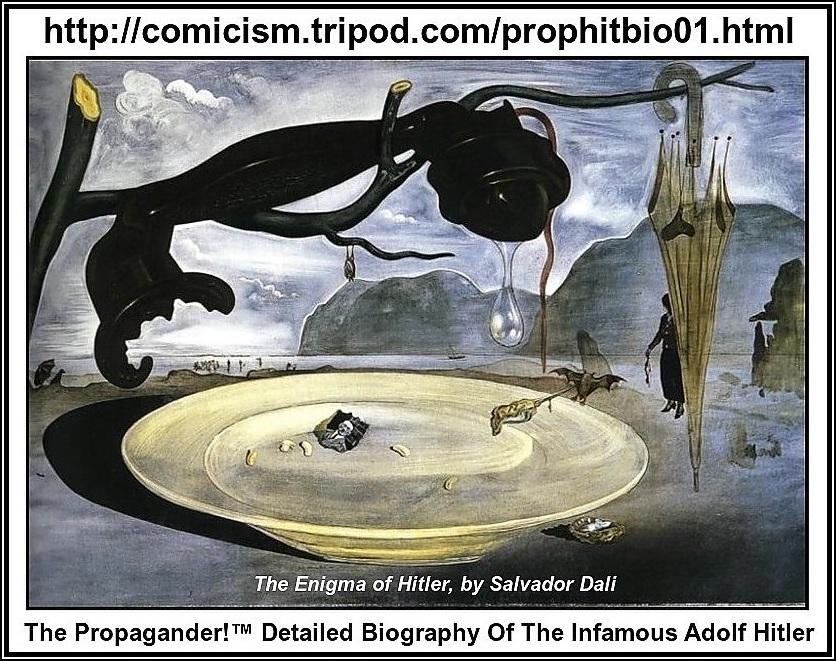
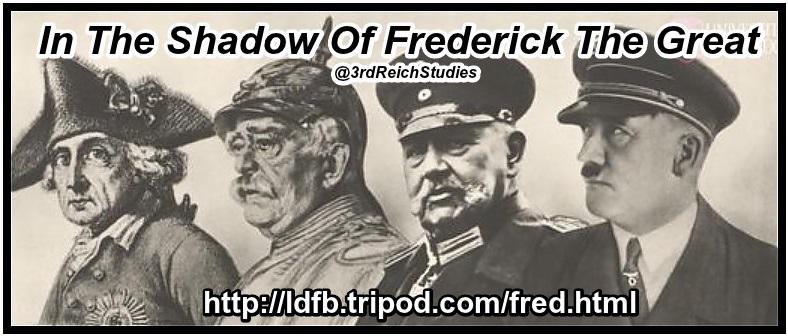

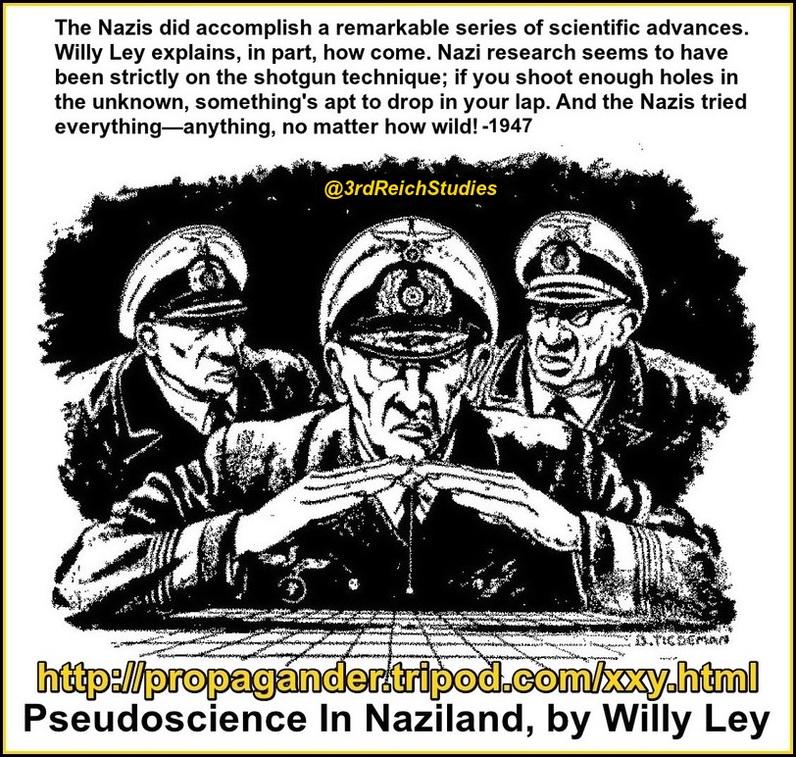
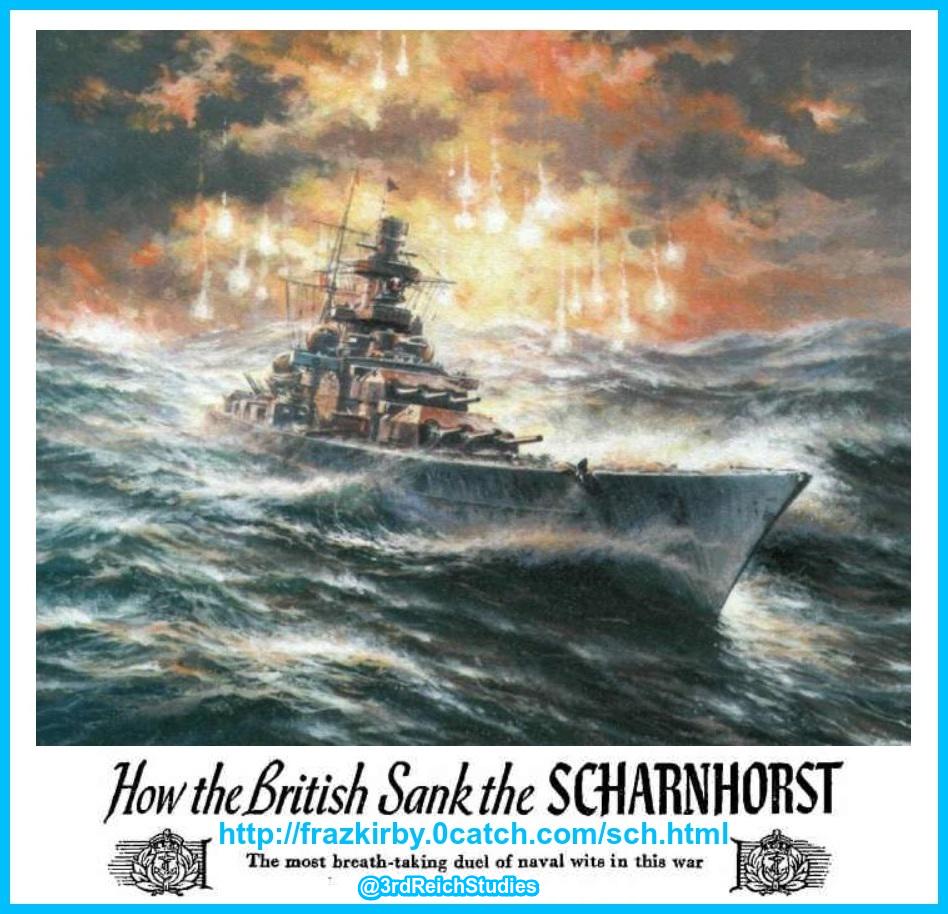

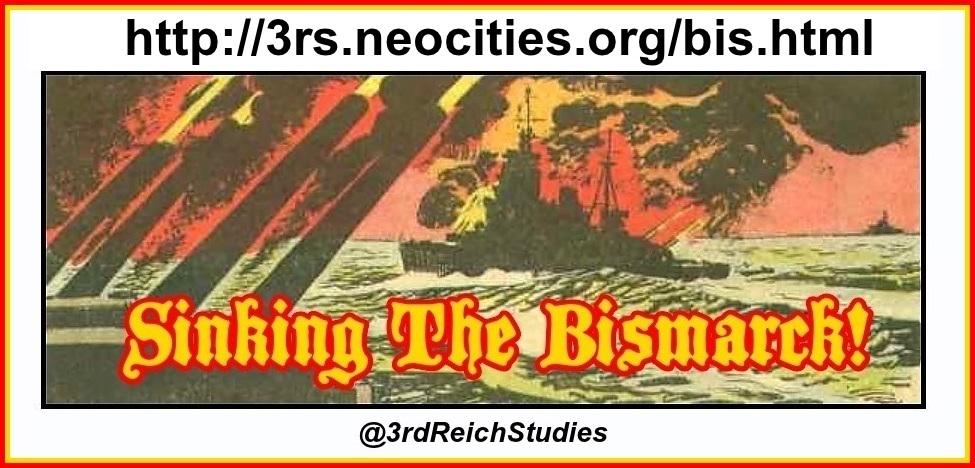

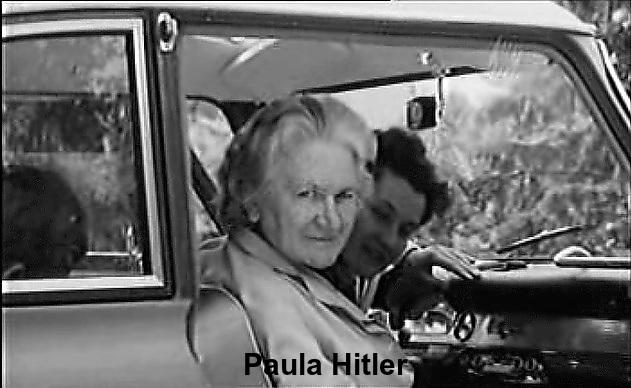
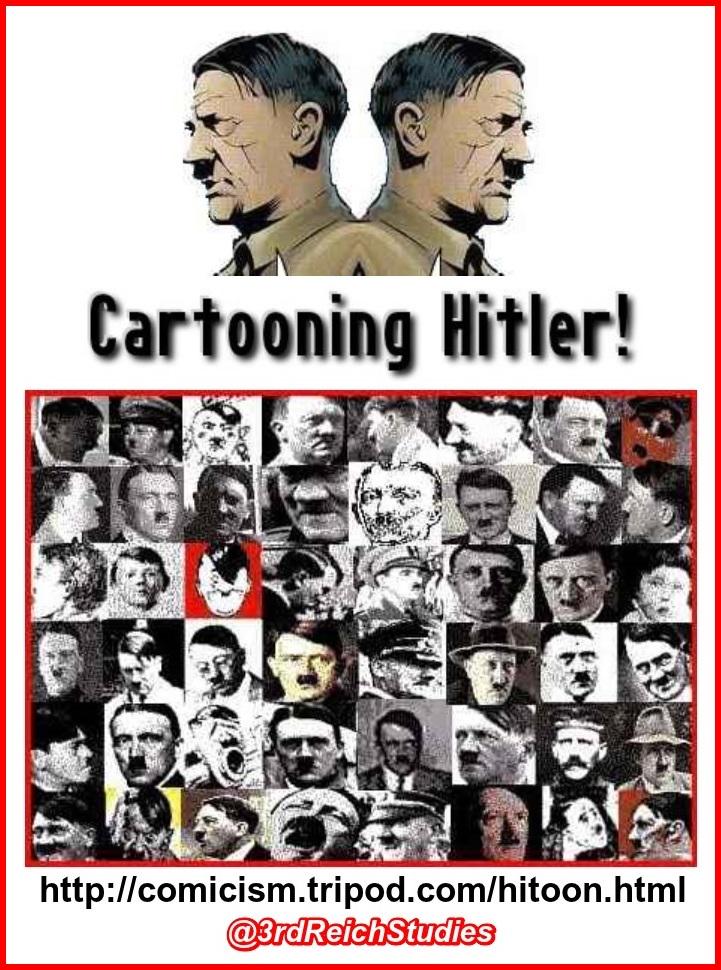
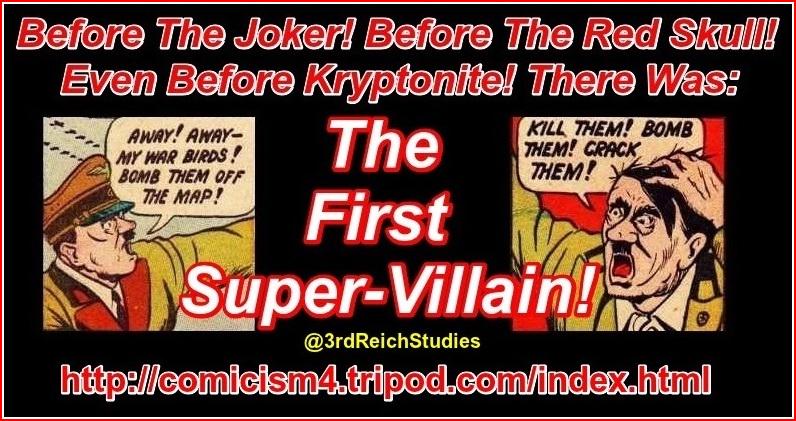
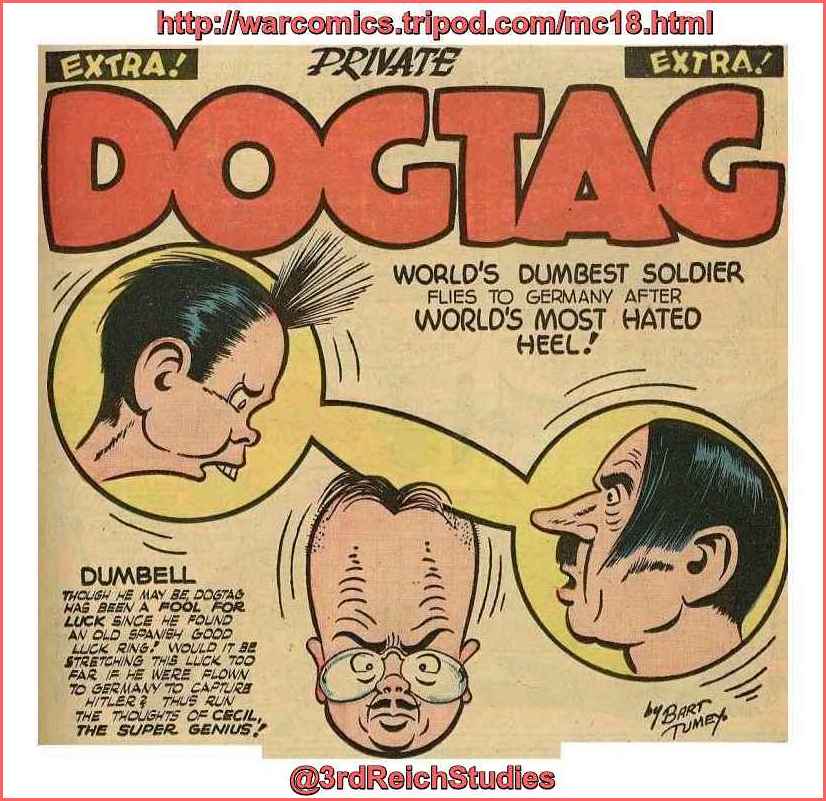
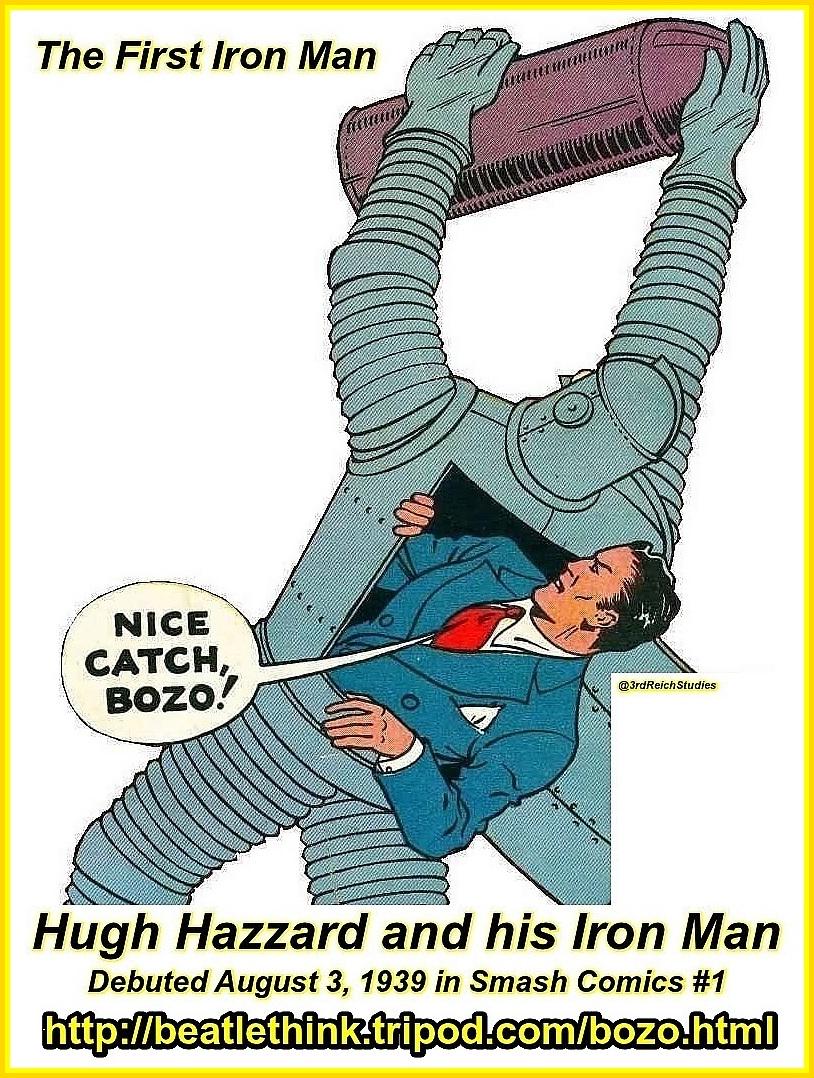
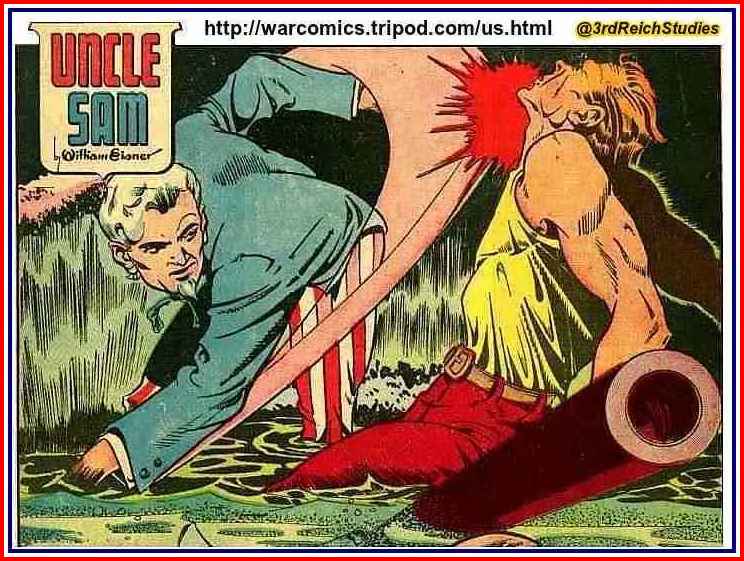
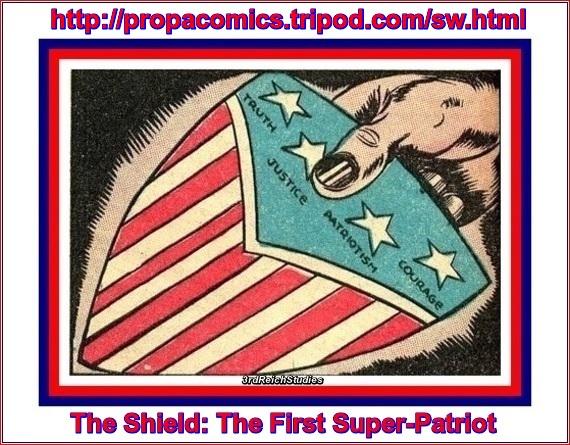
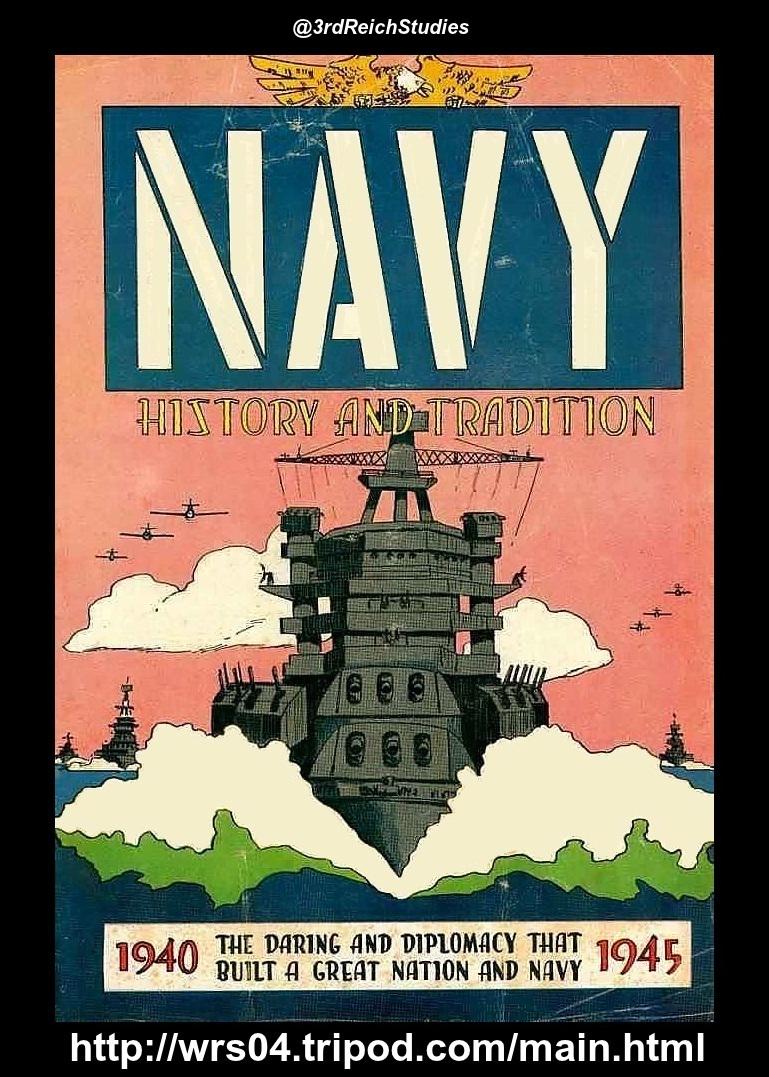
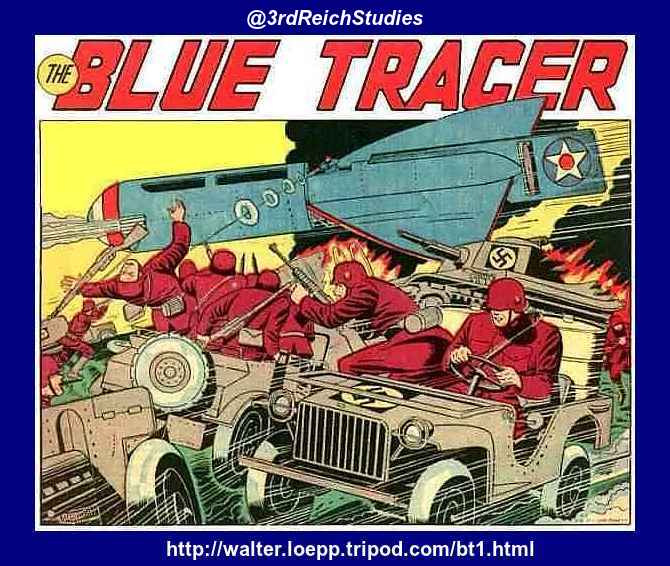

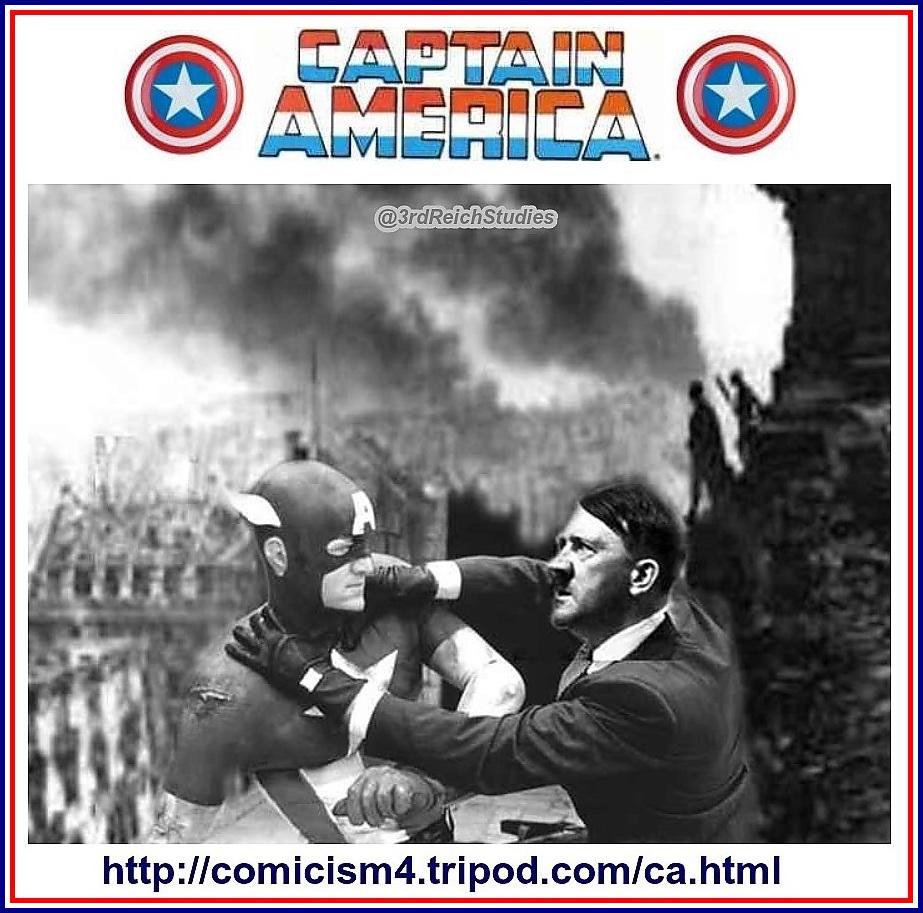
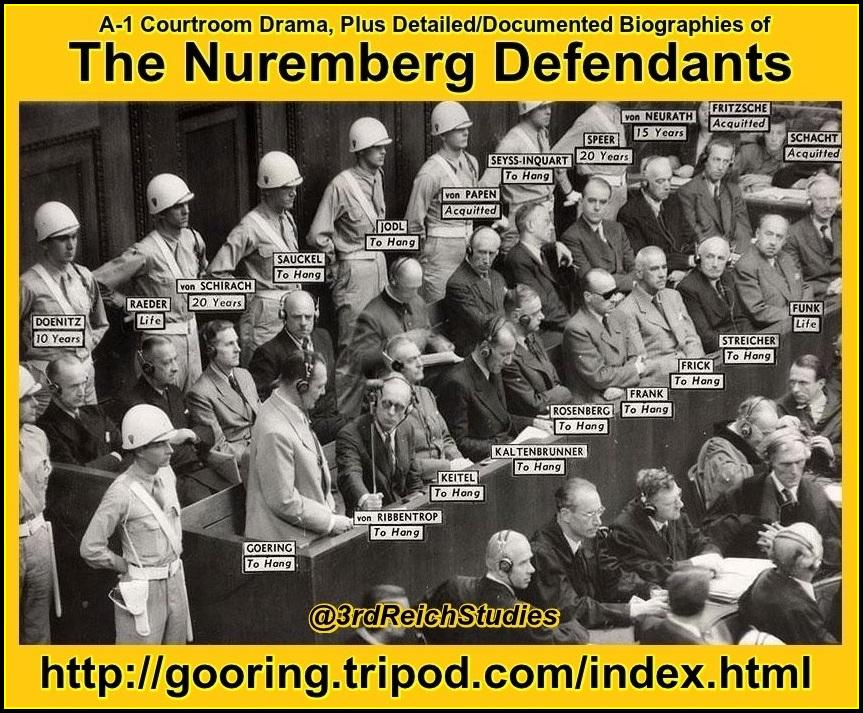
Disclaimer: The Propagander!™ includes diverse and controversial materials--such as excerpts from the writings of racists and anti-Semites--so that its readers can learn the nature and extent of hate and anti-Semitic discourse. It is our sincere belief that only the informed citizen can prevail over the ignorance of Racialist "thought." Far from approving these writings, The Propagander!™ condemns racism in all of its forms and manifestations.
Fair Use Notice: The Propagander!™may contain copyrighted material the use of which has not always been specifically authorized by the copyright owner. We are making such material available in our efforts to advance understanding of historical, political, human rights, economic, democracy, scientific, environmental, and social justice issues, etc. We believe this constitutes a "fair use" of any such copyrighted material as provided for in section 107 of the US Copyright Law. In accordance with Title 17 U.S.C. Section 107, the material on this site is distributed without profit to those who have expressed a prior interest in receiving the included information for research and educational purposes. If you wish to use copyrighted material from this site for purposes of your own that go beyond 'fair use', you must obtain permission from the copyright owner.
